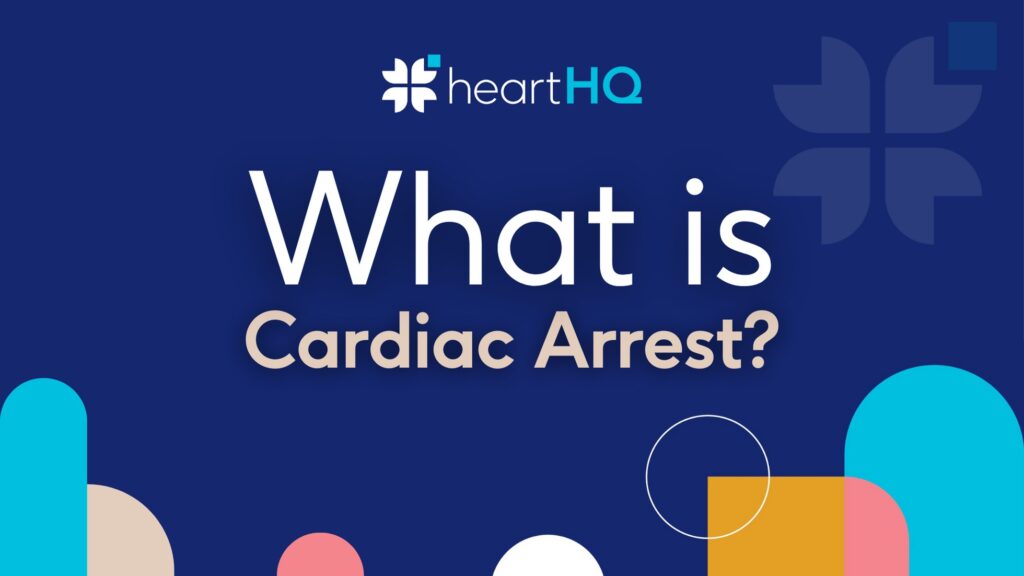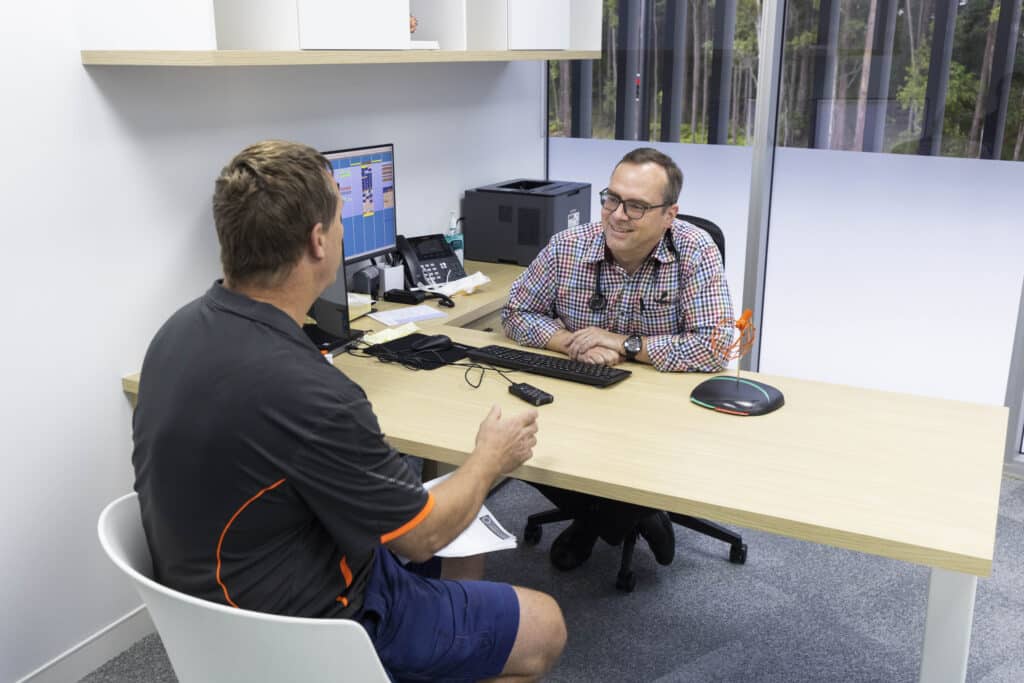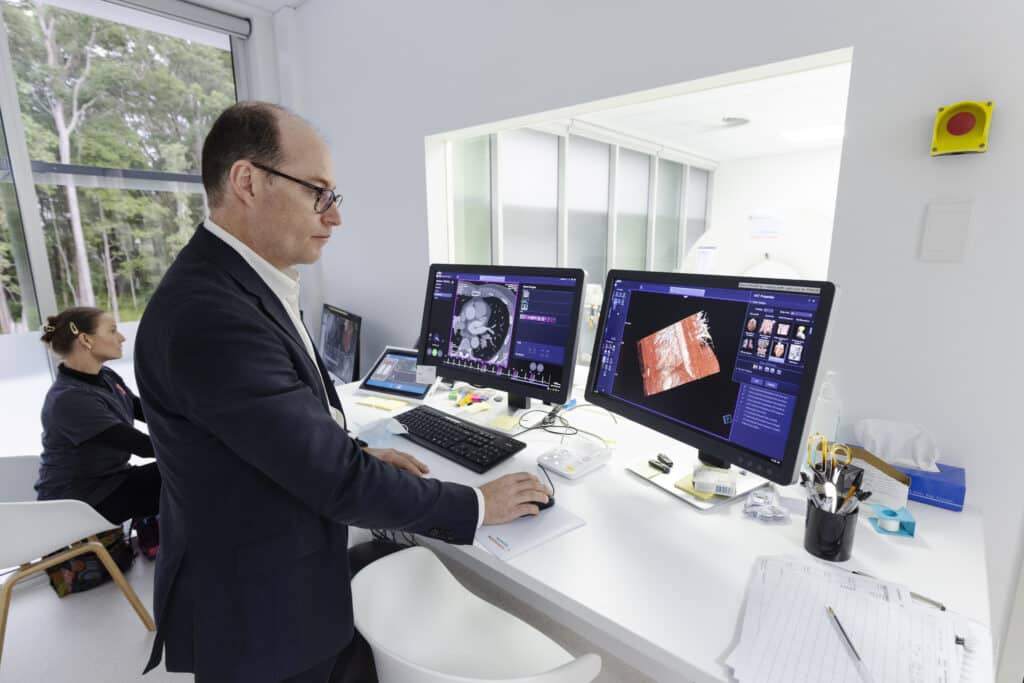
One of the most vital parts of the human body is the heart, which circulates blood throughout your body. Every cell in your body needs oxygen, which is abundant in the blood. When the heart stops beating, a cardiac arrest happens. Because of this, it is a medical emergency that may be fatal.
Cardiac arrest is a sudden and unexpected loss of heart function, typically resulting from an electrical disturbance in the heart that causes an irregular or abnormal heartbeat (arrhythmia). This can cause the heart to stop beating altogether, preventing blood from circulating to the brain and other vital organs.
When cardiac arrest occurs, the person affected may collapse and become unresponsive, stop breathing or gasp for air, and lose their pulse. This is a medical emergency that requires immediate intervention to restore the heart’s normal rhythm and prevent brain damage or death. Cardiac arrest can be caused by various factors, including heart disease, heart attack, respiratory failure, trauma, drug overdose, and electrolyte imbalances. It can happen to anyone, regardless of age or health status.

A cardiac arrest is what?
When your heart stops beating, you have a cardiac arrest. You lose consciousness and stop breathing or breathe abnormally because your brain and other essential organs are short of oxygen. A heart attack is a medical emergency.
When someone is experiencing cardiac arrest, every second matters. A person in cardiac arrest will not survive if chest compressions and the use of a defibrillator are not performed.
What distinguishes a heart attack from a cardiac arrest?
These words are frequently used synonymously although they don’t mean the same thing. A heart attack is not the same as a cardiac arrest. The management and symptoms are also varied.
The typical symptoms of a heart attack are alertness, breathing shortness of breath, chest discomfort, and other symptoms. For more details, see the warning signs of a heart attack.
An individual experiencing a cardiac arrest won’t be conscious or breathing regularly. By dialing Triple Zero (000), beginning chest compressions, and utilizing a defibrillator (AED), they need immediate assistance.
Sometimes a heart attack might worsen and result in cardiac arrest. A prompt response within 10 minutes of the onset of chest discomfort and/or other heart attack warning symptoms may be what distinguishes a heart attack from a cardiac arrest?
How does a cardiac arrest happen?
The electrical system in your heart regulates the rhythm and rate of pumping. A heart electrical system problem that stops your heart from pumping is typically what causes a cardiac arrest.
If certain heart disorders or incidents result in a life-threatening arrhythmia(Heart rhythm problem) cardiac arrest may result. Although cardiac arrests frequently result from heart disease, other factors, such as trauma, breathing difficulties, drowning, electrocution, and allergic reactions, can also cause them. A cardiac arrest might occasionally have an unknown cause.
What symptoms and indicators are present during a cardiac arrest?
A cardiac arrest occurs quickly and unexpectedly. It often occurs with no notice. When in cardiac arrest, the person will usually:
- Break down and hit the ground.
- lacking a pulse
- not breathing or breathing improperly (gasp for air)
- become unconscious (not rousable, not aware of their surroundings and not responsive to talk or touch).
What should you do in case of cardiac arrest?
A cardiac arrest is a medical emergency. A person who experiences a cardiac arrest won’t be awake or breathing regularly. They urgently want your assistance, so dial Triple Zero (000), begin chest compressions, and use a defibrillator (AED).
When someone is experiencing cardiac arrest, every second matters. To assist in saving a life, you don’t need to have paramedic training. Three crucial actions that can be taken by any bystander, regardless of training, can increase the chance that a person experiencing cardiac arrest will survive.

What is an automated external defibrillator, sometimes known as an AED?
A portable electronic device known as an automated external defibrillator (AED) is used to identify potentially fatal irregular heart rhythms that might result in cardiac arrest.
By administering an electric shock to the heart to “restart” it into a normal rhythm, an AED may be able to treat these irregular cardiac rhythms. Defibrillation is the term used for this.
Only when it is essential will an automated external defibrillator (AED) deliver a shock. Using an automated external defibrillator (AED) on a person who is unconscious won’t cause any harm.
What’s next? Following a cardiac arrest
Your doctor will investigate the cause of the heart arrest after it occurs. To lower your risk of experiencing another cardiac arrest, your doctor will also go over relevant therapy with you.
Come in to visit us at Heart HQ for world class cardiac care!

Remember, it is never too late to start taking care of your heart, and even small changes can make a big difference in improving your heart health.
Stay up to date and learn with us by following us on Social Media
Instagram: https://www.instagram.com/_hearthq
Facebook: https://www.facebook.com/hearthqcardiology/
YouTube: https://www.youtube.com/@hearthq7728/videos
Spotify Podcast: https://open.spotify.com/show/43O54rVkh99KquK7Ak5L1a
Website: https://hearthq.com.au/